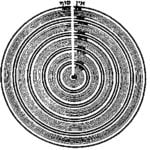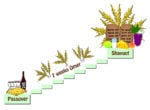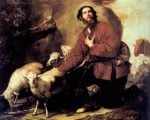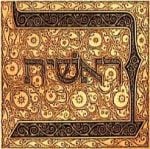
The History of Creation in Three Words
The history of Creation can be expressed in three words (not even words but mere conjunctions): “and,” “or,” and “and/or,” whereas the history of physics

The history of Creation can be expressed in three words (not even words but mere conjunctions): “and,” “or,” and “and/or,” whereas the history of physics

Sweeping Infinities Under the Rug—or Renormalization Having dealt with internal contradictions in the previous section (see Physics of Tzimtzum I — The Quantum Leap and

There is a Biblical Commandment to count the days between the Passover and Shavuot, the “Feast of Weeks” (a.k.a. Pentecost). We start counting on the

The Torah portion Vayakhel deals with the construction of the Mishkan, i.e., the “Tabernacle.” In Kabbalah, the Mishkan is viewed as a microcosm that represents
And the messengers returned to Jacob, saying: “We came to thy brother Esau, and moreover he cometh to meet thee, and four hundred men with

Jews have a very strange custom to take four species (Heb. arba’a minim)—a fruit of a citron tree (etrog), a branch of a date palm (lulav), boughs from the myrtle tree (chadassim),
And these are the years of the life of Ishmael: one hundred years and thirty years and seven years (Gen. 25,17) You might say the

Synopsis This essay reads Jacob’s agreement with Laban over the streaked, speckled, and spotted sheep as far more than an odd detail in an ancient

Dedicated to the memory of Professor Yaakob David Bekenstein The Torah opens with the word “Bereshit” – in the Beginning – whose first letter, Bet,